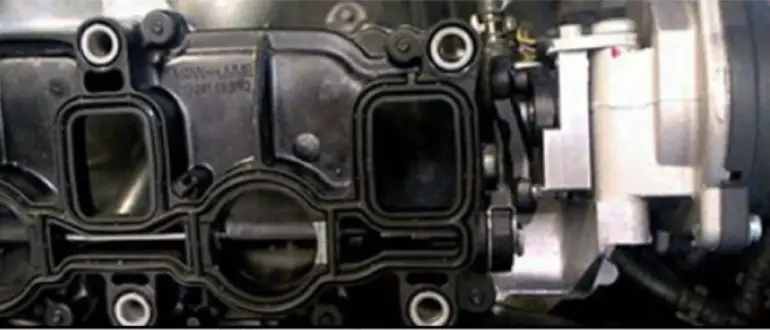P2015 Fault Code in VAG Vehicles: Causes, Diagnosis, and Best Solutions

P2015 Fault Code in VAG Vehicles
The P2015 fault code is a common issue in Volkswagen Group (VAG) vehicles, including brands like Volkswagen, Audi, Skoda, and Seat. This code relates to a malfunction in the intake manifold flap position sensor, which monitors the movement of the intake manifold runner flaps. 🏎️
When this fault appears, it can lead to engine performance issues, such as power loss, rough idling, or even limp mode activation to protect the engine. In this article, we’ll explore the possible causes, diagnostic steps, and solutions to fix this problem. 🔧🔍
1. What Does the P2015 fault Code Mean? 🔧
The P2015 Code stands for:
“Intake Manifold Runner Position Sensor/Switch Circuit Range/Performance Problem” ⚠️
This means the engine control unit (ECU) has detected an irregular signal from the intake manifold flap position sensor. These flaps optimize air intake into the cylinders based on engine speed. 💨
Symptoms of P2015: 😟
- Check Engine Light (CEL) illuminated
- Reduced engine power or hesitation during acceleration
- Rough or unstable idle
- Limp mode activation (restricted performance)

2. Common Causes of the P2015 Code 💡
Several factors can trigger this fault:
A. Faulty Intake Manifold Flap Position Sensor 🔌
The sensor may be malfunctioning or sending incorrect signals to the ECU. ⚡
B. Damaged Wiring or Connectors 🧰
- Broken, frayed, or corroded wires in the sensor circuit
- Loose or oxidized electrical connectors
C. Stuck or Carbon-Clogged Intake Flaps 🏭
- Carbon buildup (common in TDI and TSI engines)
- Mechanical binding (broken springs, seized pivot shafts)
D. Failed Intake Flap Motor (Actuator) 🔨
The electric motor controlling the flaps may be worn out or defective. ⚙️
E. ECU Software or Hardware Issue 🖥️
Rare but possible – A software glitch or ECU failure could cause incorrect readings. ⚠️
3. How to Diagnose the P2015 Code 🧑🔬
Follow these steps to pinpoint the issue:
Step 1: Scan for Additional Codes 🔎
- Use an OBD2 scanner (VCDS, OBDeleven, or professional tool) to confirm P2015 and check for related codes.
Step 2: Inspect Wiring & Connectors 🔍
- Check the harness near the intake manifold for damaged wires or corroded plugs.
Step 3: Test the Position Sensor 🔬
- Measure the sensor’s resistance and voltage with a multimeter (compare to manufacturer specs).
Step 4: Check the Intake Flaps for Blockage 🛠️
- Remove the intake manifold and inspect the flaps for carbon deposits or sticking.
Step 5: Test the Flap Motor (Actuator) 🔧
- Use a scan tool to perform an actuator test and verify proper operation.
4. How to Fix the P2015 Code 🔨
A. Repair or Replace Damaged Wiring ⚡
- Fix broken wires and clean corroded connectors with electrical contact cleaner.
B. Clean the Intake Manifold & Flaps 🧽
- Remove carbon deposits using a carbon cleaner or ultrasonic cleaning.
C. Replace the Flap Position Sensor 🛠️
- If faulty, install a new OEM or high-quality aftermarket sensor.
D. Replace the Intake Flap Motor ⚙️
- If the motor is defective, replace it with a new or tested used unit.
E. Update or Replace the ECU 💻
- In rare cases, an ECU software update or replacement may be needed.
5. Prevention & Maintenance Tips 🛡️
- Regularly clean the intake system (especially on diesel engines)
- Check electrical connections periodically
- Use fuel system cleaners to reduce carbon buildup
Conclusion 🏁
The P2015 code is often caused by a bad sensor, carbon buildup, or wiring issues. A thorough diagnosis helps avoid unnecessary repairs. If unsure, consult a VAG specialist mechanic for proper troubleshooting. 👨🔧
🚗 Quick Fix? Start by inspecting wiring and cleaning the intake flaps before replacing expensive parts! 💰

One thought on “P2015 Fault Code in VAG Vehicles: Causes, Diagnosis, and Best Solutions”